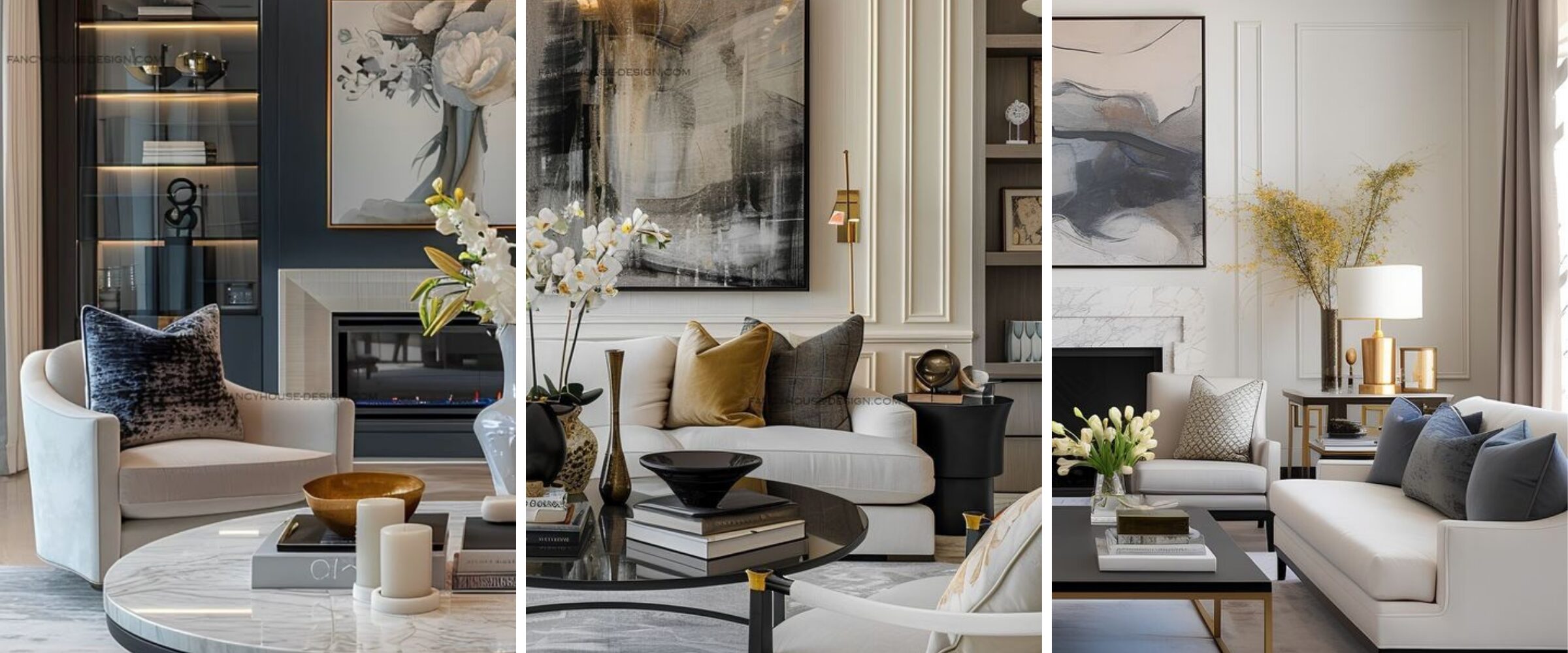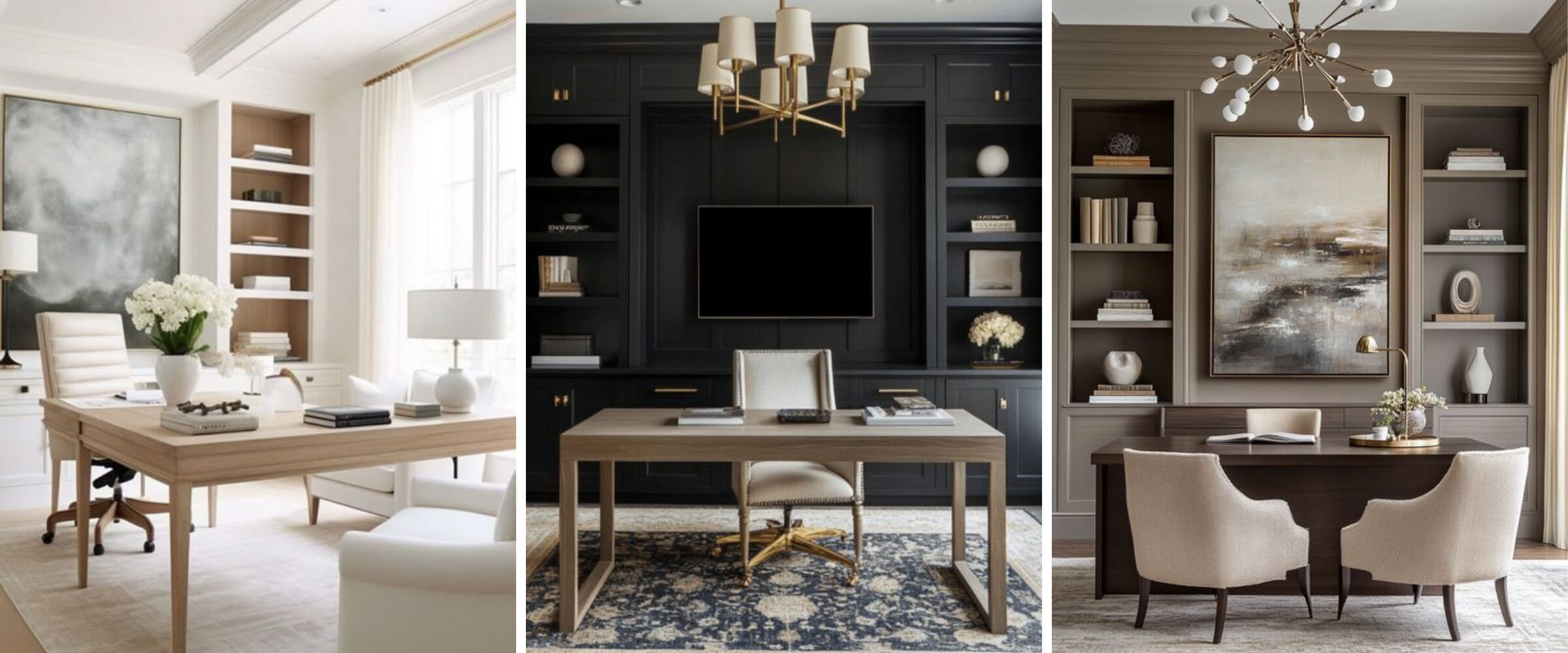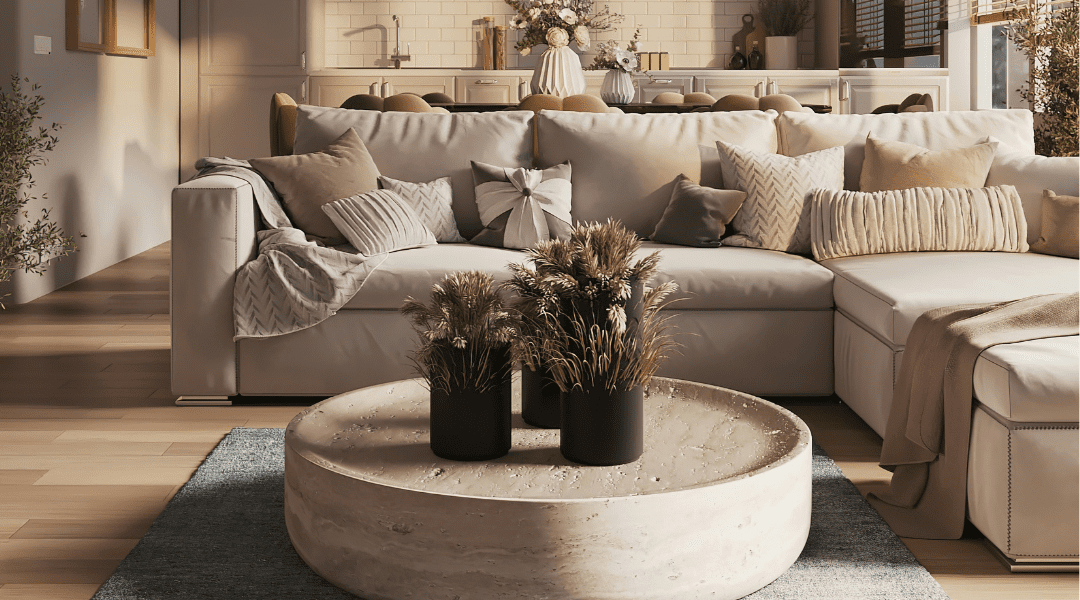Many years ago, I fell in love with a light fixture that I knew would be perfect for my dining room. At the time, I hadn’t even started decorating the space—I had just moved into my new condo, and my priority was furnishing my bedroom and living room first. But while shopping for those rooms, I spotted this gorgeous, modern fixture, and I couldn’t resist. So I bought it.
Fast forward to today… and it’s still sitting in storage.
As it turns out, none of the ceilings in any of my condos could accommodate that fixture. It needs a specific type of junction box that my spaces just didn’t have. And while I still love it and hope to use it someday, the reality is: I made a design decision without a plan, and it ended up costing me.
Now, I realize that I’m the opposite of most people. When I see something I love, I don’t hesitate to buy it. I figure I can return it, resell it, or store it until I find a way to use it. But that’s not how most homeowners approach design.
Most people don’t want to risk making a mistake—especially one that’s expensive and difficult to fix. Instead of taking the plunge, they get stuck. They second-guess every decision, worried they’ll choose the wrong paint color, invest in the wrong sofa, or buy a rug that just doesn’t work. And that fear? It keeps them from creating a home they truly love.
If that sounds like you, don’t worry—you’re not alone. And the good news? There are ways to make confident design choices and avoid costly mistakes. Let’s talk about how.

Images via Pinterest.
The Real Cost of Design Mistakes (And How to Prevent Them!)
Before we dive into how to avoid costly errors, let’s talk about why they happen.
The most expensive design mistakes I’ve seen come down to three things:
- Impulse buys without a plan (that gorgeous sofa doesn’t fit through the door—oops!)
- Ignoring scale and proportions (that massive dining table makes the room feel cramped)
- Skipping samples and swatches (the “perfect” gray paint turns blue in your lighting)
The cost? Thousands of dollars in returns, replacements, and fixes—not to mention the stress of living with a space that doesn’t feel quite right. But don’t worry, I’ve got you covered. Let’s break down exactly how to avoid these mistakes before they happen.
1. Start with a Clear Vision & Plan
If you want to avoid expensive regrets, never start shopping without a plan. A strong design plan saves time, money, and decision fatigue.
First define your style. If you’re not sure what you love, start by saving inspiration photos. Look for patterns—do you prefer warm neutrals or bold colors? Traditional or modern? We also have a quiz to help you get started on this.
Use mood boards to gather images of furniture, rugs, paint colors, and decor that you love. This helps you see if everything works together before you buy.
Then map out your layout. A common mistake is buying furniture that’s either too big or too small for your space. Use a free floor planner tool to test your layout first.
💡 Pro Tip: If you’re still unsure, our Design Ready service does all this for you—so you can make confident decisions without second-guessing.

Images via Pinterest.
2. Invest in Key Pieces First (Then Layer in the Rest)
Ever heard the phrase “Buy once, cry once”? Some things are worth investing in—and some aren’t.
So, what’s worth splurging on?
- Sofas & Beds because you use them every day. Prioritize comfort and quality.
- Rugs because a cheap rug shows its wear fast. Look for wool or a high-quality synthetic blend.
- Lighting because good lighting makes a space feel finished. Invest in a statement pendant or quality sconces.
And when should you save?
The easiest and most obvious answer is trendy decor like throw pillows, artwork, and accessories can be budget-friendly.
Lots of people say side tables, accent chairs and other accent chairs because these don’t get as much wear, so you don’t need to go high-end. My advice is if it’s a piece of furniture you use on a regular basis like an accent chair that your family uses almost every day, add that to the splurge list. If it’s something that gets occasional use, then those items are what should be on the save list.
💡 Pro Tip: If you’re trying to make your home feel more polished on a budget, focus on layering textures and finishes rather than just chasing expensive brands.

Images via Pinterest.
3. Always Sample Before Committing
The biggest hidden design mistake? Not testing materials before you buy.
That stunning paint color might look completely different in your lighting. That plush velvet sofa might be a nightmare with kids and pets.
Before you commit, always test. Here’s what to test and how to do it.
- Paint samples on different walls at different times of the day
- Fabric swatches for sofas, chairs, and curtains (watch how they react to light & spills!). Or just ask the store or your design pro for this info. They typically have this info handy and should be able to share with you.
- Flooring & countertop samples to see how they work with your cabinetry and wall color
💡 Pro Tip: Natural light changes everything! A color that looks perfect in the store might turn greenish in your space.
4. Get the Scale & Proportions Right
This is the big one! It’s one of the most common (and expensive) mistakes I see. Buying furniture that’s the wrong scale for the room.
But the good news is there are some easy fixes for this.
- Use painter’s tape to outline your furniture dimensions on the floor before buying.
- Follow the rug rule–your rug should be big enough for at least the front legs of your furniture to sit on it.
- Mind your sightlines. A too-tall headboard or oversized coffee table can throw a space off balance.
💡 Pro Tip: If a room feels “off” and you can’t pinpoint why, it’s probably a scale issue! Our Room Rx service can help. I’ll review your space, pinpoint what’s not working, and give you a clear plan so you don’t waste money on the wrong pieces. For just $99 CAD or $69 USD, you’ll get expert feedback before making expensive mistakes!

Images via Pinterest.
When to Hire a Professional
You don’t need a designer for every decision—but when the stakes are high, working with a pro can actually save you money, time, and stress. If you’re feeling overwhelmed with choices, struggling to pull everything together into a cohesive, high-end look, or making big purchases like a sofa, custom furniture, or built-ins, it makes sense to lean on a professional for guidance.
Hiring a designer is especially valuable when you want a beautifully curated space but don’t have months to spend second-guessing every decision. Instead of going through endless trial and error, a designer can quickly refine your vision and create a clear, streamlined plan.
It’s also a smart move when you’re making big-ticket purchases—like a sofa, dining table, or custom cabinetry—because mistakes at this level can be expensive and difficult to fix. The wrong scale of furniture, an awkward layout, or mismatched finishes can make a space feel “off” no matter how much money you’ve spent, but a designer helps you avoid those costly missteps before they happen.
Another reason to hire a designer? You might know what you like but have no idea how to bring it all together. That’s where a professional bridges the gap between inspiration and reality, making sure your space reflects your personal style in a way that feels intentional and effortless.
And of course, there’s the biggest reason of all—time. Life is busy, and if you don’t have hours to scroll Pinterest, compare fabrics, and hunt for the perfect rug, outsourcing the process means you get a stunning result without the hassle.
💡 Pro Tip: If you’re feeling stuck or just need a second opinion before making a big decision, our Room Rx service is the perfect low-commitment way to get expert feedback. For just $99 CAD, I’ll analyze your space and give you clear, actionable advice—so you can move forward with confidence instead of hesitation.
The Bottom Line
Home design should be fun, not stressful! The key to avoiding expensive mistakes is having a clear plan, testing before you buy, and knowing when to invest vs. save.


